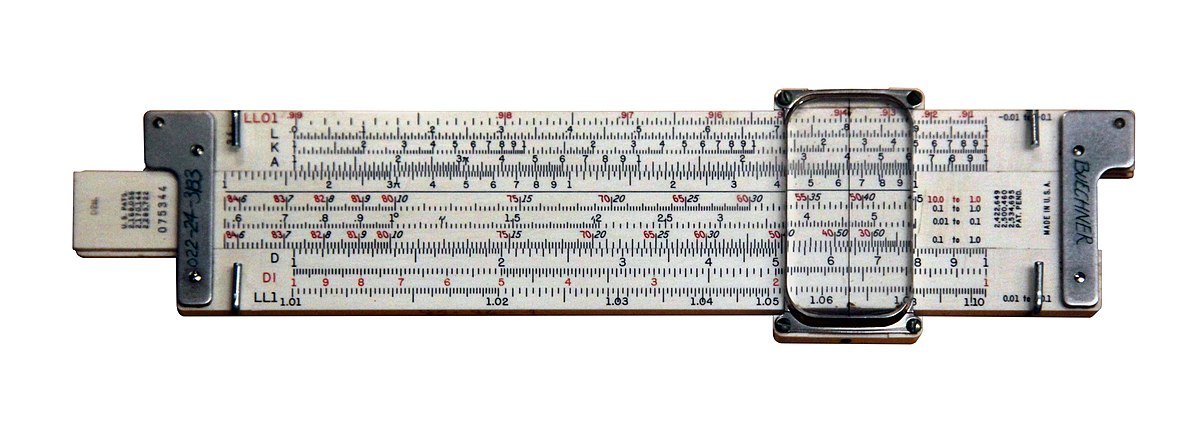The Evolution of Calculators: From Beads to Bytes
Ancient Beginnings: The Abacus

The journey of calculators starts with the abacus, a simple yet ingenious device used by ancient civilizations like the Sumerians and Egyptians around 2000 BC. Imagine a wooden frame with rods, each holding ten beads. By sliding these beads, people could perform basic arithmetic operations like addition and subtraction. This tool was the go-to for centuries, making calculations faster and less error-prone.
The Mechanical Age: Gears and Wheels

Fast forward to the 17th century, and we see the birth of mechanical calculators. In 1642, Blaise Pascal, a French mathematician, invented a machine that could add and subtract using geared wheels. This was a significant leap forward, as it reduced the reliance on human intelligence for calculations.
Later, Gottfried Leibniz improved on Pascal’s design with his own mechanical calculator, which could perform all four basic arithmetic operations. However, it wasn’t until 1820 that a fully functional four-operation calculator, the Arithmometer, was patented by Thomas de Colmar in France.
The Slide Rule: A Pocket-Sized Powerhouse

In the early 17th century, the development of logarithms by John Napier led to the creation of the slide rule. This tool, essentially a sliding stick with logarithmic scales, allowed for rapid multiplication and division. It became an essential part of mathematics education and was even used by NASA engineers during the Apollo missions to the moon.
Electronic Revolution: From Bulky Machines to Pocket Devices
The real game-changer came in the 20th century with the advent of electronic calculators. Early models were bulky and expensive, but by the 1970s, companies like Texas Instruments were producing affordable, pocket-sized calculators. The TI 2550, released in 1974, was one of the first calculators to cost less than $10.
Modern Day: Calculators in the Digital Age
Today, calculators are ubiquitous and often integrated into our smartphones and computers. They have evolved from simple tools for arithmetic to powerful devices capable of complex scientific and financial calculations. Despite their humble beginnings, calculators have become an indispensable part of our daily lives.
For more insights on technological advancements, check out our Technology section. If you’re interested in the history of other everyday tools, visit History page.







No comments yet! Why don't you be the first?